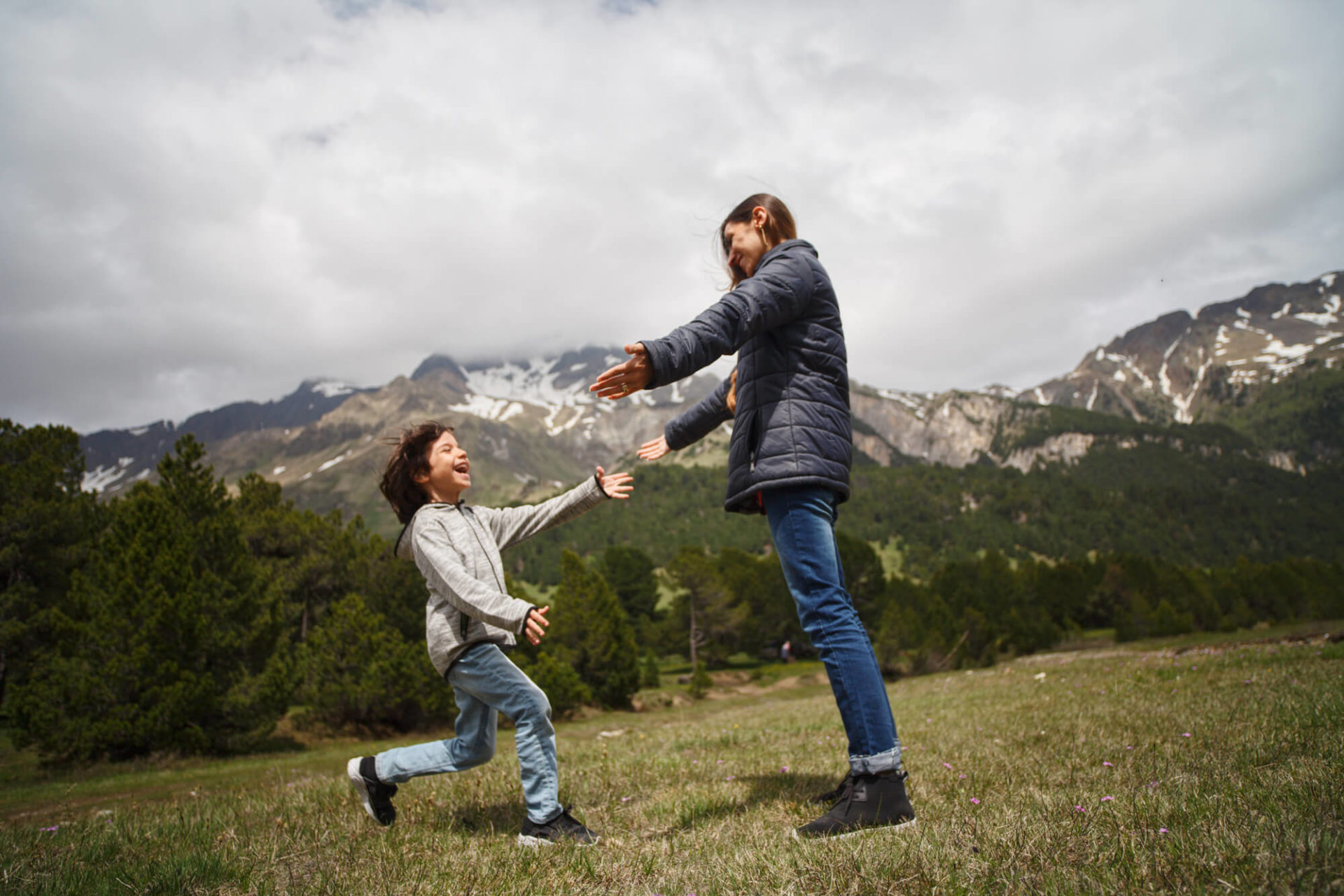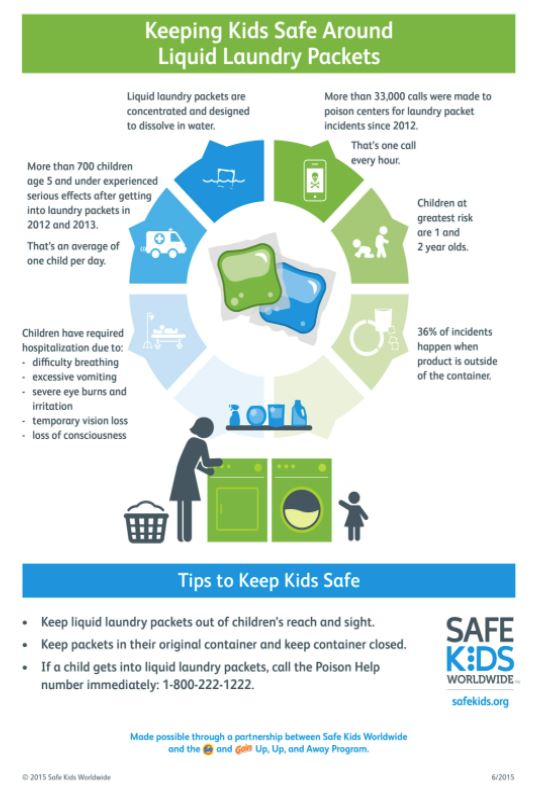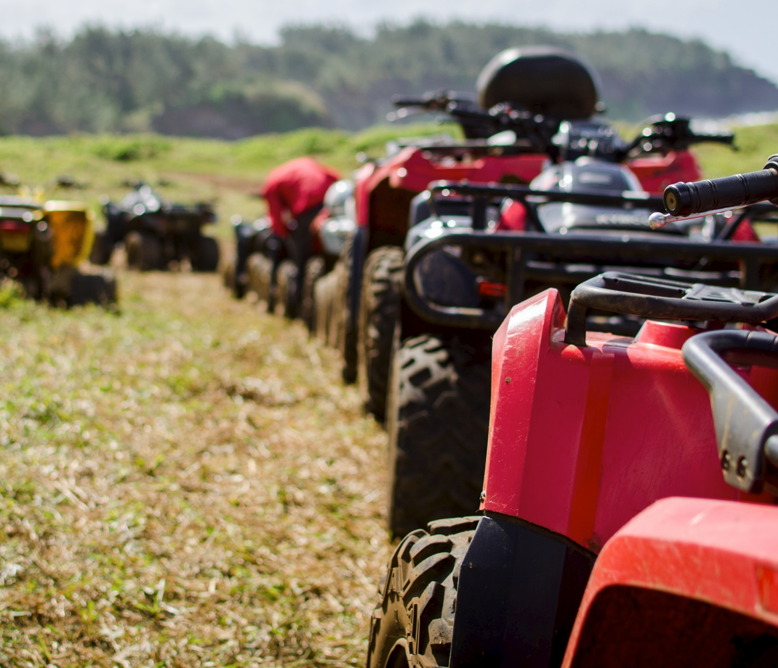We wanted to take a few minutes of your time to share this blog post published by Drive Safe Missoula, a Safe Kids Missoula Coalition partner. This post discusses weight of your head, the force of impact and more. Please check it out here.
Category: Blog: Community Safety Stories
A PARENTS GUIDE TO CHILD SAFETY
In our last blog post, we share about National Parent's Day. As a follow up, we wanted to provide a wonderful resource, FREE of charge, from Safe Kids Worldwide. Safe Kids Worldwide® is a nonprofit organization dedicated to protecting kids from preventable injuries. In the United States, injuries are the number one cause of death to children and around the world, a child dies every minute from an injury that could have been prevented. This guide has proven advice and top tips from safety experts to help families reduce risks, prevent injuries and keep kids safe at home, at play and on the road. Get your FREE guide here.
National Parent’s Day is July 24th!
In 1994, Congress unanimously passed “The Parents’ Day Resolution” establishing the fourth Sunday of July, each year, as a perennial day of commemoration. Annually on this day, Americans recognize outstanding parents, celebrate the teamwork in raising children, and support the role of parental guidance in building a strong, stable society.
At Safe Kids Missoula, we know that it takes a lot of hard work to be a parent and to raise a safe kid. Our Foundation for Community Health serves as lead agency for both the Safe Kids Missoula Coalition and Safe Kids Montana, our state office.
Safe Kids Missoula and Safe Kids Montana are local coalitions of Safe Kids Worldwide, a global network of more than 400 grassroots coalitions dedicated to protecting children from preventable injury—the leading cause of death for children in the U.S. and here in Montana. Since Safe Kids Worldwide’s founding in 1988 the child death rate from unintentional injury has decreased by nearly 60 percent in the U.S. through education and advocacy efforts of these grassroots coalitions.
If you or your loved ones need more information about what we do, how we do it or want safety tips or links to resources, please visit safekidsmissoula.org.
Fireworks: Friend or Foe
The Fourth of July is right around the corner and that means that kids and families will be excited to watch or use some fireworks. Fireworks are a fun way to make any celebration a bright and sparkly event, however, fireworks are not safe for children and can cause serious harm including devastating burns and other injuries.
Did you know that more than 3,000 children – under the age of 15 – are sent to the emergency room each year in the United States because of fireworks. “Fireworks were involved with an estimated 15,600 injuries treated in U.S. hospital emergency departments during calendar year 2020 (95 percent confidence interval 12,300 – 19,000),” according to the Consumer Product Safety Commission’s 2020 Fireworks Annual Report. In addition “The estimated rate of emergency department-treated injuries is 4.7 per 100,000 individuals in the United States, an increase from 3.1 estimated injuries per 100,000 individuals in 2019.
Here are a few tips to stay safe around fireworks:
- The safest way to enjoy fireworks is to attend public fireworks displays organized by trained professionals
- You can help them stay safer by giving them glow sticks rather than sparklers. Sparklers, which are commonly given to children during holidays, heat up to 1,200 degrees and cause approximately one-third of the injuries to children under five
- Only older children should only use fireworks, if children are to use them, but always under the close supervision of an adult
- Anyone using or near fireworks should wear protective eyewear and NO loose clothing
- Allow for cool down and use protective gloves to pick up expended fireworks as they will be hot. It is best to soak spent and unused fireworks in water for a few hours before discarding
- Never point or throw fireworks at another person
- Only light one firework at a time
- Never use illegal fireworks
- Be prepared in case of an emergency. Keep a fire extinguisher nearby and be sure to douse the remains of the fireworks with water
Note: cover photo shared from Safe Kids Georgia
Full report available HERE.
Detergent Packet Safety
Young children are explorers, and as they develop, they often learn by touch and by putting things into their mouths. This may be one of the reasons that poison control centers receive many calls each year about children getting into all kinds of laundry detergents.
Experts have found that those highly concentrated, liquid laundry and (dish soap packets) can cause serious harm to young children. The membrane of those packets is designed to dissolve when in contact with moisture, creating a risk of exposure when placed in the mouth or grasped by wet hands.
“As of March 31, 2022, poison control centers have managed 2,085 cases related to laundry detergent packet exposure in children 5 and younger,” as reported by the National Poison Data System, American Association of Poison Control Center. “Some children who have eaten the product have had excessive vomiting, wheezing, and gasping. Some get very sleepy. Some have had breathing problems serious enough to need a ventilator. There have also been reports of corneal abrasions (scratches to the eyes) when the detergent gets into a child’s eyes.”
While parents are encouraged to allow kids to explore and discover new things, they also need to ensure that we are keep those little ones safe. Here are a few tips to show you how to keep liquid laundry packets out of children’s reach and sight.
- Store packets up and out of reach of kids.
- Consider placing packets in a locked cabinet.
- Keep packets in their original container and keep the container closed.
- If a child gets into them, call the Poison Help number at once: 1-800-222-1222.You can reach your local poison control center by calling the Poison Help hotline: 1-800-222-1222. To save the number in your mobile phone, text POISON to 797979.
To learn more visit www.safekidsmissoula.org or call (406) 926-2522.
Wheeled Sports and Safety Tips
Summer in Montana is a time when we can expect to see our neighborhoods come alive, filling up with kids riding their bikes, roller skating, and riding on scooters and skateboards. There are so many great reasons for kids to participate in these activities with it being fun the best reason of all. It also is a wonderful way for kids to stay healthy.
As with most things, however, there are some risks involved including injuries ranging from mild to life-threatening. With plenty of practice and these safety tips from Safe Kids Worldwide, you can help your kids be smart and safe:
For Bicyclists:
- All bicyclists should wear a properly-fitted helmet. It is the best way to prevent head injuries and death. Ensuring correct fit of a helmet can increase comfort and use.
- Children should ride on the sidewalk, bike pathways or bicycle lanes when available. If not, ride in the same direction as traffic as far on the right-hand side as is practical.
- Use hand signals and follow the rules of the road. Be predictable by making sure you ride in a straight line and do not swerve between cars.
- Wear bright colors and use lights, especially when riding at dusk, night and in the morning. Reflectors on your clothes and bike will help you be seen.
- Ride with your children. Stick together until you are comfortable that your kids are ready to ride on their own.
- Check equipment at the beginning and end of the season, particularly fit for your child and things like brakes and tire pressure.
For Skaters/Skateboarders and Scooters:
- Wear a properly-fitted helmet.
- Knee pads and elbow pads are recommended for everyone, especially beginners.
- Wrist guards are also recommended for skaters and skateboarders.
- Mouth guards are good protection against broken teeth.
- Children should ride on smooth, dry surfaces located in a well-lit area away from traffic.
- Check equipment at the beginning and end of the season and teach children to check scooters, skates, and boards for problems before each use. If there are any cracked, loose, or broken parts, the item should not be used until it is repaired.
- Teach children to minimize the impact of a fall by crouching down as they lose balance to reduce the distance to the surface.


